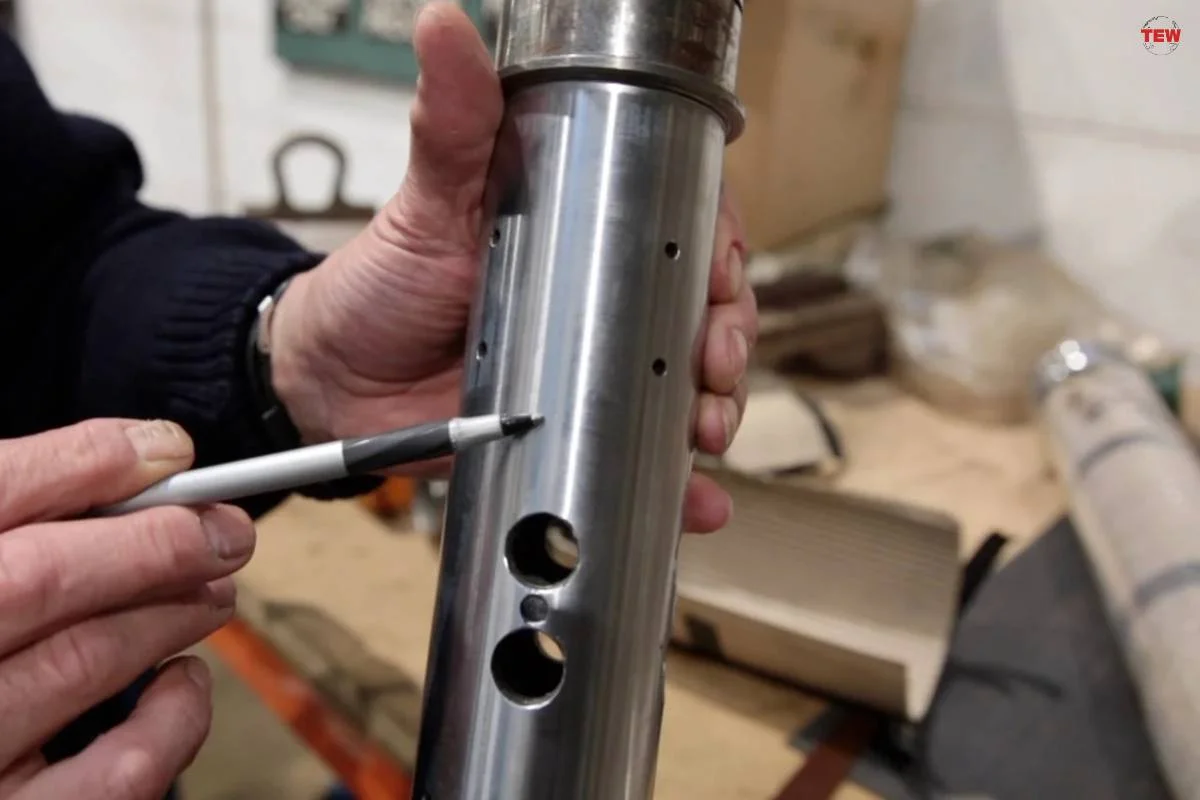Hydraulic cylinders are critical components in a wide range of machinery, including construction equipment, manufacturing machinery, and various hydraulic systems. When these cylinders fail, it can lead to significant downtime and costly repairs. Understanding the essentials of hydraulic cylinder repair, common issues, and best practices is crucial for maintaining optimal functionality and extending the life of the equipment.
Common Issues in Hydraulic Cylinders
Hydraulic cylinder failures can stem from several issues, some of which include:
- Seal Leakage: One of the most common problems where the seals within the cylinder become worn or damaged, leading to fluid leakage.
- Rod Bending or Breaking: Due to excessive loads or improper use, the rod can bend or break, severely impairing the cylinder’s functionality.
- Barrel Scoring: Scratches or gouges in the cylinder barrel can compromise the seal and allow fluid to escape, reducing efficiency.
Identifying these issues early is key to preventing further damage and ensuring the repair process is manageable and effective.
Step-by-Step Repair Techniques
Repairing a hydraulic cylinder involves several detailed steps that must be followed to ensure the equipment returns to its optimal state. Here is a general overview of the repair process:
- Disassembly: Carefully take apart the cylinder, noting the position and condition of each component.
- Inspection: Thoroughly inspect each component for wear, damage, or corrosion. Particular attention should be given to the seals, cylinder barrel, and piston rod.
- Cleaning: Clean all parts to remove any contaminants that could cause further issues.
- Replacement of Damaged Parts: Replace any components that are too worn or damaged to function properly. This typically includes seals and bearings.
- Reassembly: Reassemble the cylinder using new seals and carefully align all parts to avoid future problems.
- Testing: Test the cylinder under normal operating conditions to ensure it functions properly without leaking or binding.
Best Practices for Hydraulic Cylinder Maintenance
To avoid frequent repairs and ensure longevity, adhere to these best practices:
- Regular Inspection: Conduct regular inspections to catch and address issues before they lead to failure.
- Proper Installation: Ensure that hydraulic cylinders are installed correctly to avoid undue stress and potential damage.
- Use High-Quality Fluids: Utilize high-quality hydraulic fluids to reduce wear and tear on the cylinder’s internal components.
- Maintain Cleanliness: Keep the hydraulic fluid clean and free of contaminants to prevent damage to the cylinder and other hydraulic components.
Cylinders, Inc and Their Approach to Hydraulic Cylinder Repair
Cylinders, Inc specializes in the repair and maintenance of hydraulic cylinders, offering expertise that ensures each repair is done with precision and care. They understand the intricacies of hydraulic systems and utilize advanced techniques to restore cylinder functionality effectively.
Technological Advances in Hydraulic Repair
The field of hydraulic repair continues to evolve, with new technologies enhancing the efficiency and effectiveness of repair processes. For instance, the use of laser cladding and advanced sealing technologies provides more durable repairs that extend the life of hydraulic cylinders beyond traditional methods.
For more detailed information on specific repair services and advanced technologies used in the repair process, visit website. They offer comprehensive insights and services that cater to all aspects of hydraulic cylinder maintenance and repair.
In summary, effective hydraulic cylinder repair requires a thorough understanding of the common issues that can occur, coupled with a disciplined approach to the repair process. By following best practices and utilizing the services of professionals like Cylinders, Inc, machinery operators can ensure that their equipment remains in top working condition, minimizing downtime and maximizing productivity.


